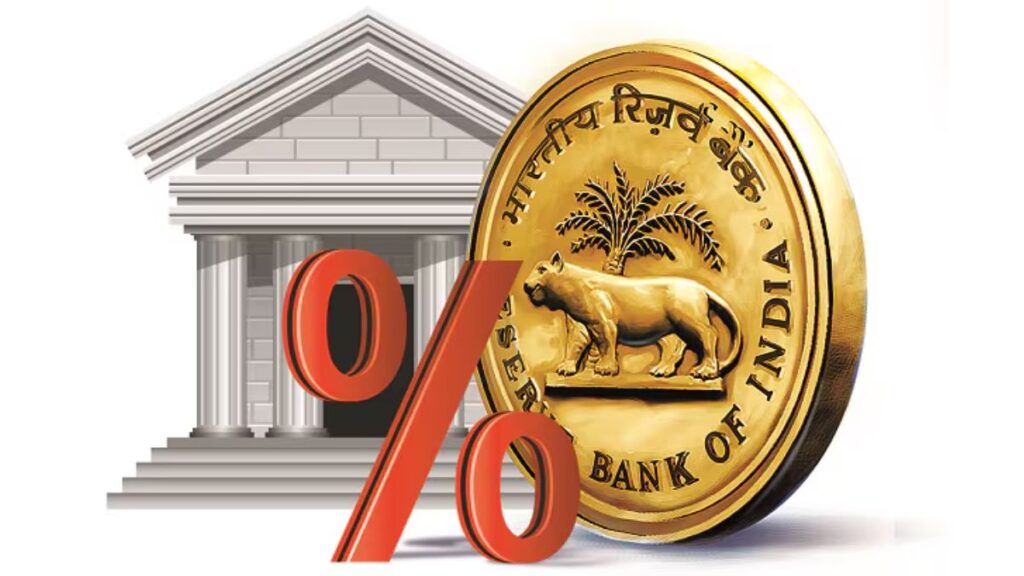RBI Cuts Repo Rate After 5 Years: Home Loan EMIs Set to Drop; Middle Class to Benefit from Lower EMIs and Reduced Tax

Finally, there is a shimmer of hope for the middle class as the Reserve Bank of India (RBI) has slashed the repo rate by 25 basis points to 6.25% during its monetary policy meeting on February 7, 2025.
This marks the first rate cut in nearly five years, offering a sigh of relief to home loan borrowers who have endured rising or stagnant interest rates over the past few years.
The rate cut is expected to prompt banks and financial institutions to lower their lending rates, making home loans more affordable. According to Adhil Shetty, CEO of Bankbazaar.com, a 20-year home loan at an interest rate of 8.75% could see significant savings. For instance, if you’ve already paid 12 EMIs by March, the 25 bps rate cut effective from April could save you ₹8,417 per lakh. On a ₹50 lakh loan, this translates to a whopping ₹4.20 lakh in savings over the loan tenure, with 10 EMIs being reduced, assuming other factors remain unchanged.
Shetty also suggests that borrowers with strong credit scores explore refinancing options to secure even lower rates. For example, refinancing to an 8.25% rate while keeping the EMI constant could lead to per-lakh savings of ₹14,480 over the remaining loan tenure—a nearly 15% reduction in interest costs.
Tax Savings Add to the Benefits
The financial advantages don’t stop there. The Union Budget 2025 introduced income tax exemptions for individuals with taxable income up to ₹12 lakh under the new regime. For someone earning a gross salary of ₹25 lakh, this could mean annual tax savings of ₹1.14 lakh. When combined with the ₹1.50 lakh interest savings on a ₹50 lakh home loan, the total savings for the year could reach ₹2.64 lakh, or approximately ₹22,000 per month.
What About Fixed Deposit Investors?
While the repo rate cut is a boon for borrowers, fixed deposit (FD) investors may need to rethink their strategies. With interest rates likely to decline further, FD returns could shrink in the coming months. Experts recommend locking in current rates by opening new FDs soon or exploring alternative investments like debt mutual funds, corporate bonds, or equity-linked savings schemes (ELSS) for better returns.
For those with existing FDs, it’s worth checking if premature withdrawal penalties are low enough to justify reinvesting in higher-yielding instruments. Another strategy is to create an FD ladder by splitting investments into multiple FDs with varying tenures, ensuring flexibility to reinvest at potentially higher rates in the future.
Check RBI Press Release on Monetary Policy:
A Dual Advantage for the Middle Class
The combination of the RBI’s rate cut and the Union Budget’s tax relief measures provides a dual advantage for the middle class. Salaried individuals can now save more on both their home loans and taxes, freeing up funds for investments or other financial goals.
As the financial landscape shifts, borrowers and investors alike must stay informed and adapt their strategies to make the most of these changes.







